Improved Blocks
The List Block
- This is list item one
- This is list item two
- This is list item three
- This is list item four
The Gallery Block
A gallery block is a styled group of image blocks. Each image can be styled separately. Columns and image spacing can be set at the gallery level.



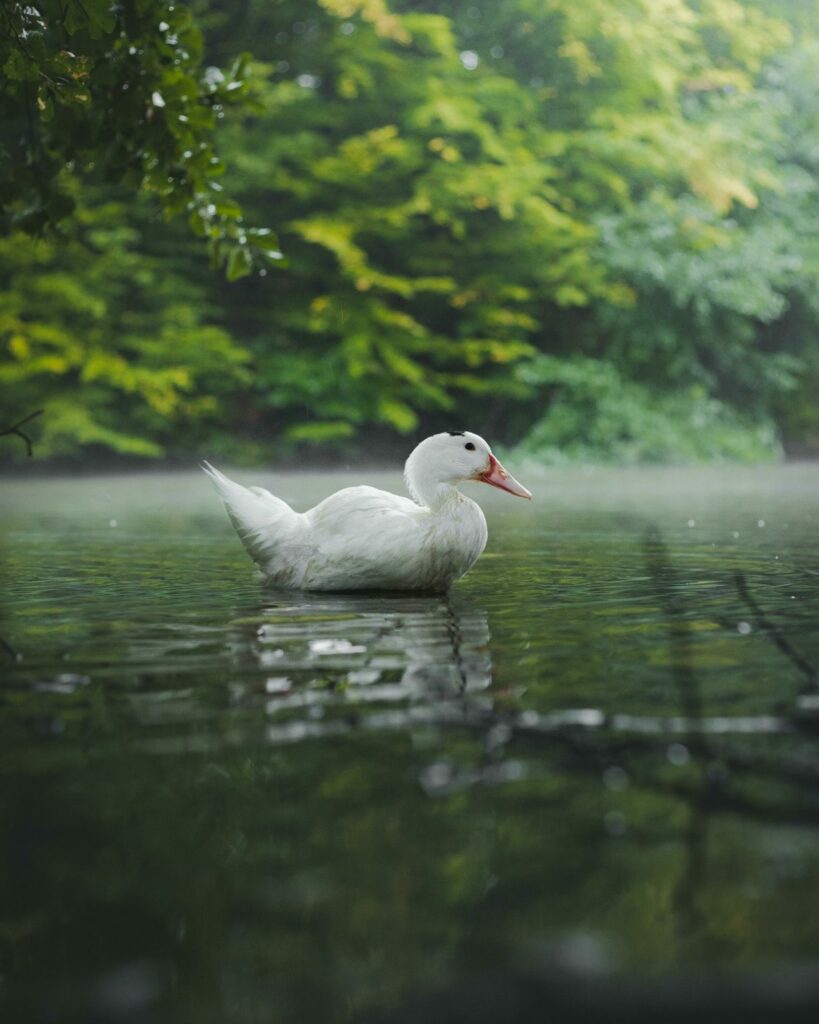

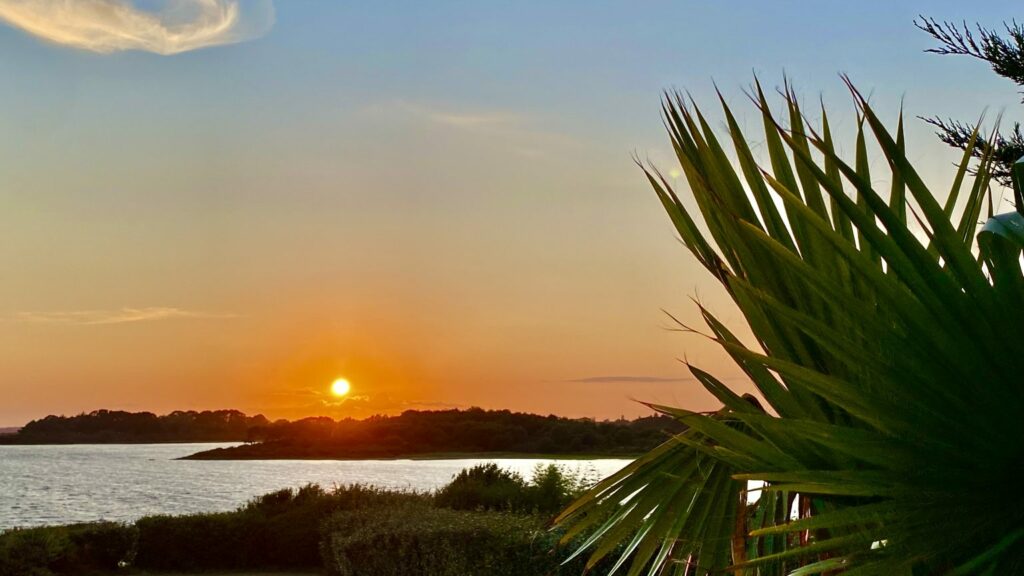
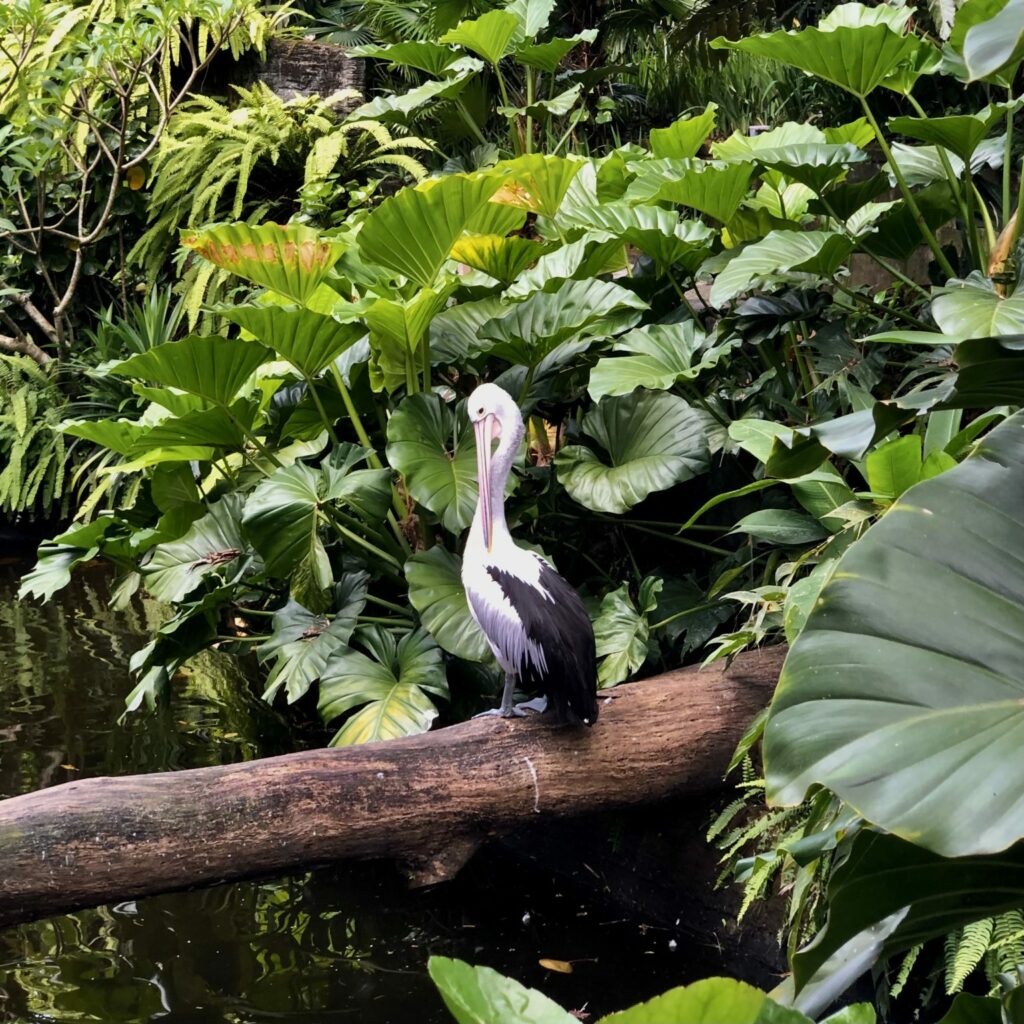
The Buttons Block
A buttons block contains individual button blocks. Style the first one and subsequent blocks added will styled the same way.
The Quote Block
A quote block is basically a styled group block that can contain a variety of blocks.
ON BEING GOOD
“Be good and you will be lonesome.”
“Honor is a harder master than law.”
“Always do right. This will gratify some people and astonish the rest.”
Mark Twain
The Group Block
Any number of blocks can be grouped together. This not only allows for easy movement within the document you can styles the group as a whole. You can also copy the group and then edit to create a similar group.
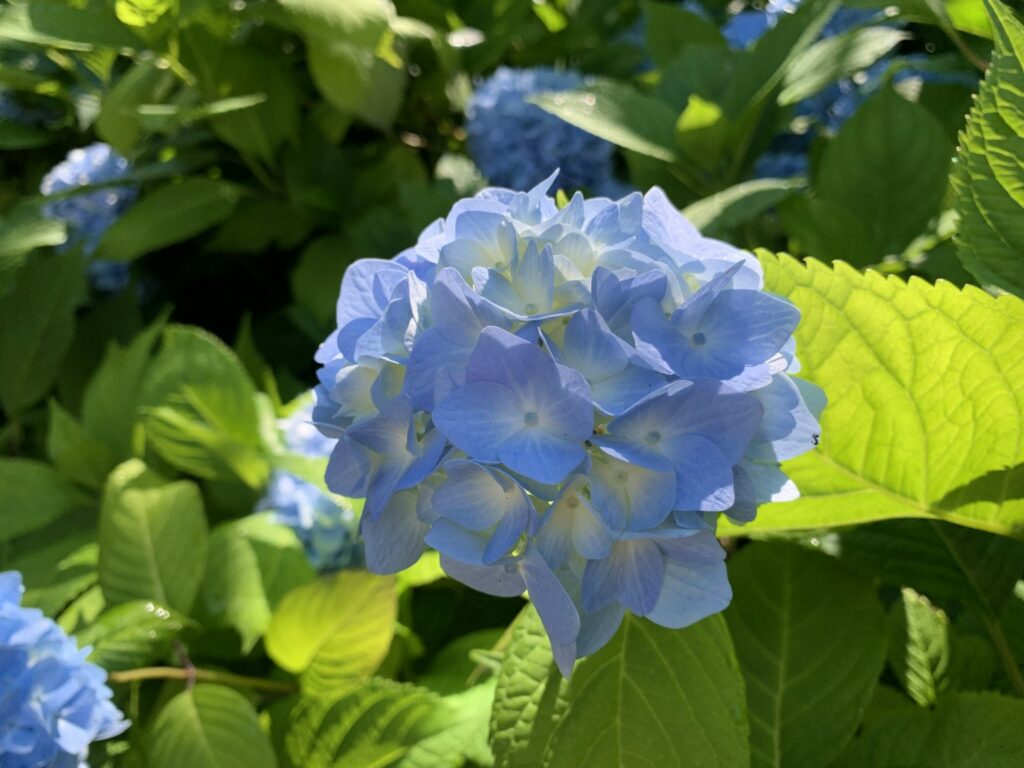
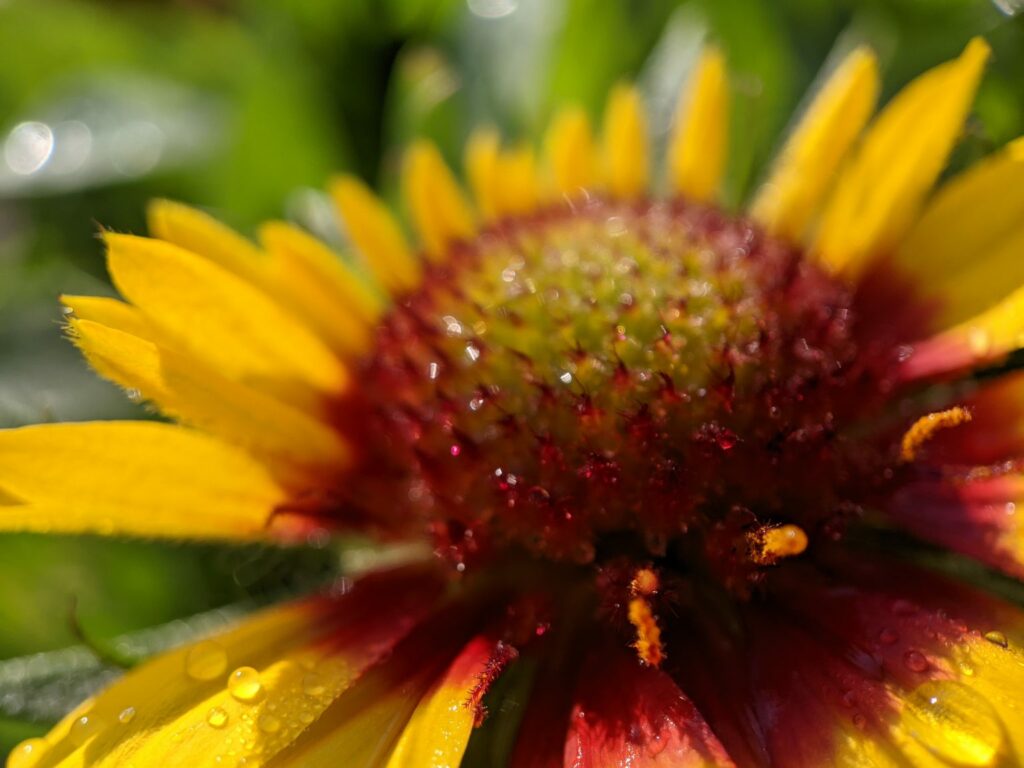
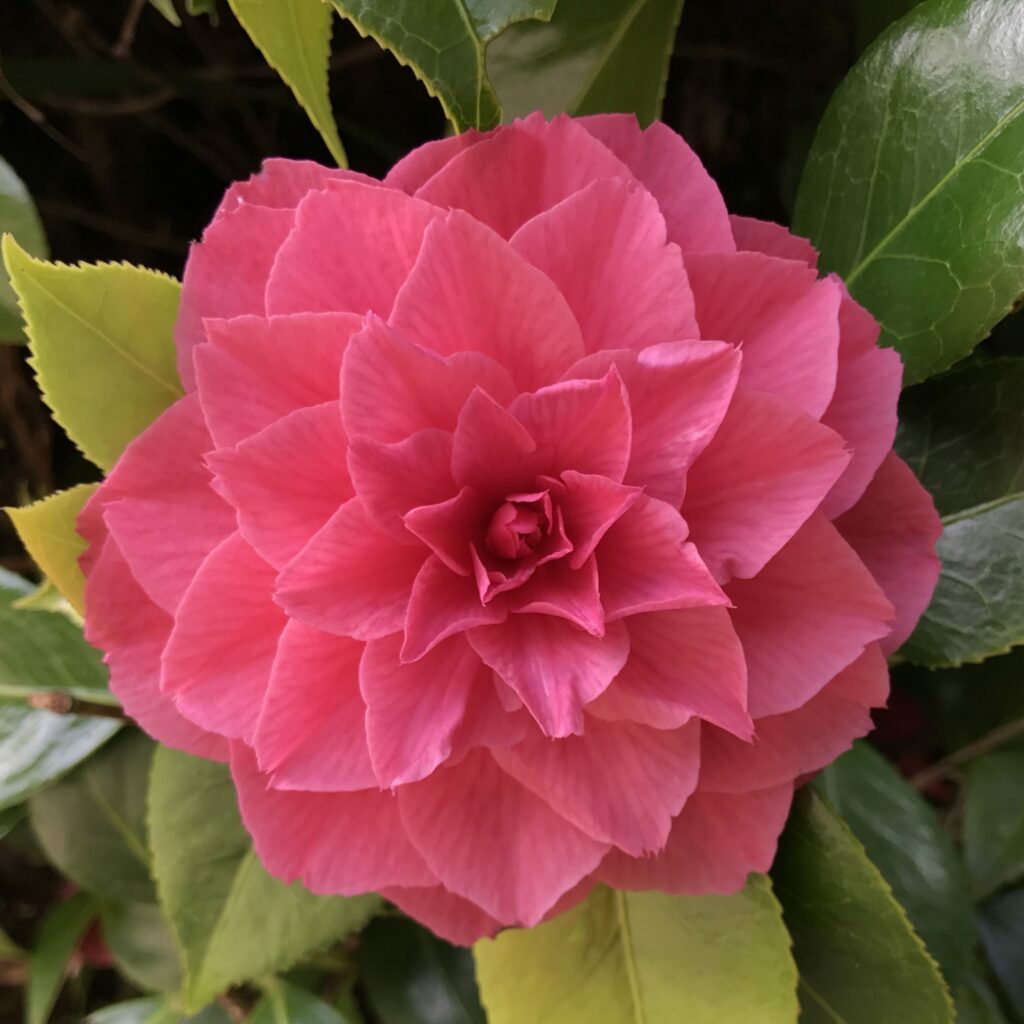
The Cover Block
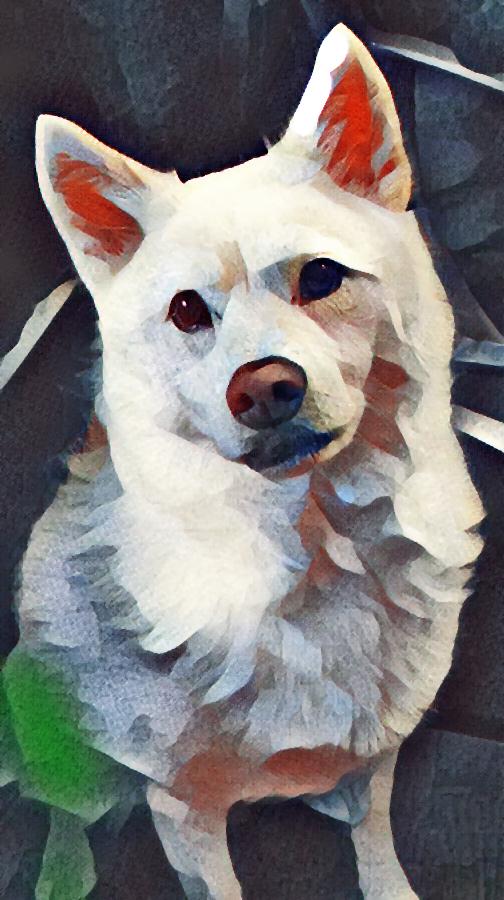
Cover Block
This cover block uses the featured image for the background image.
The Column Block
This is the left column block that can be styled differently than the right column block.
This is the right column block that can be styled differently than the left column block.
Write a Blog Post (AI Generated)
How to decide what to write about
There are many different factors that you can consider when choosing a subject for a blog post. Here are a few ideas to get you started:
- Write about something you are passionate about: Choose a subject that you are genuinely interested in and have a lot of knowledge about. This will make it easier for you to write a compelling blog post and will also make the writing process more enjoyable for you.
- Consider your target audience: Think about who you are writing for and choose a subject that will be relevant and interesting to them. For example, if you are writing for a tech-savvy audience, you might consider writing about the latest trends in technology.
- Look for opportunities to solve problems: Many people turn to the internet to find solutions to their problems, so consider writing about subjects that address common problems or offer practical advice.
- Keep up with current events: Look for opportunities to write about timely subjects that are relevant to your industry or niche. This can help keep your blog fresh and interesting for your readers.
- Use keyword research tools: If you are having trouble coming up with ideas for blog posts, you might consider using keyword research tools to find out what topics are popular and in demand. These tools can help you identify subjects that are being searched for online, which can give you a good idea of what to write about.
Writing a post on WordPress
Writing and posting a blog post on WordPress is a fairly straightforward process. Here is a step-by-step guide to help you get started:
- Log in to your WordPress account and click on the “Posts” tab in the left-hand menu.
- Click on the “Add New” button to create a new blog post.
- Give your blog post a title and start writing in the content area. You can use the formatting tools in the toolbar to add headings, bold or italic text, and more.
- If you want to add media such as images or videos to your blog post, click on the “Add Media” button above the content area. This will open a media library where you can upload new files or select files that you have previously uploaded to your WordPress media library.
- When you are finished writing your blog post, scroll down to the “Categories” section on the right-hand side of the page. Here, you can select the appropriate categories for your blog post. This will help organize your content and make it easier for readers to find similar posts on your blog.
- If you want to add tags to your blog post, scroll down to the “Tags” section and enter any relevant tags separated by commas.
- If you want to schedule your blog post to be published at a later date, scroll down to the “Publish” section on the right-hand side of the page and click on the “Edit” link next to “Publish immediately.” From here, you can choose a specific date and time for your blog post to be published.
- When you are ready to publish your blog post, click on the “Publish” button on the right-hand side of the page. Your blog post will now be live on your WordPress site.
Note: If you are using a self-hosted WordPress installation, you may have additional options and features available to you when writing and publishing a blog post. For example, you may be able to customize the permalink (URL) of your blog post, or you may have the ability to use custom fields to add additional information to your blog post.
Where to find license-free photography
There are a number of websites and online resources where you can find open source or freely licensed photography that you can use without having to worry about copyright issues. Some options include:
- Pexels: Pexels is a website that provides high-quality, royalty-free photos that you can use for any purpose, including commercial projects.
- Unsplash: Unsplash is another website that offers a large collection of high-resolution photos that are available for free to use for any purpose.
- Flickr: Flickr is a photo-sharing website that has a large collection of photos that are licensed under Creative Commons. You can search for photos that are licensed for reuse and use them in your projects.
- Wikipedia: Wikipedia is a free encyclopedia that contains a large number of images that are in the public domain or licensed under Creative Commons. You can use these images for any purpose.
- Public Domain Archive: Public Domain Archive is a website that offers a collection of high-quality, royalty-free photos that are in the public domain and can be used for any purpose.
It’s always a good idea to check the specific license terms of any image you want to use to make sure you are using it in accordance with the terms of the license.